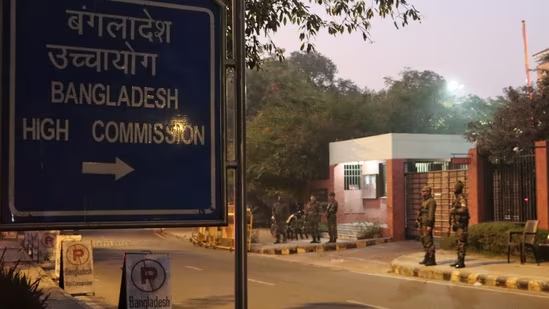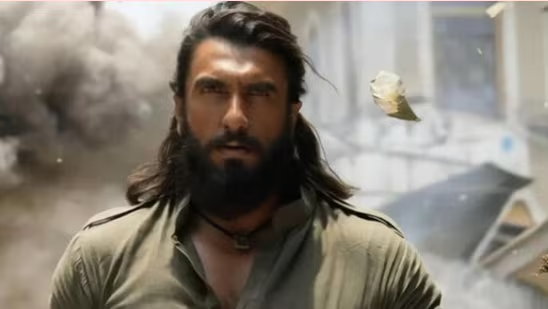Former Prime Minister Manmohan Singh’s body has been brought to his residence in Delhi so that the public can pay their last respects. The 92-year-old died at New Delhi’s AIIMS on Thursday night, just hours after he was rushed there in a critical condition.
The body of the former two-time prime minister was embalmed by doctors at AIIMS and would now be kept at his residence for the public to pay tribute.
Congress leader Sandeep Dikshit announced on Friday morning that the schedule for public viewing has not yet been finalised.
Dikshit explained that the schedule for the last rites and public viewing will be determined once the former Prime Minister’s daughter arrives from abroad. He suggested that the last rites may take place tomorrow.
“The schedule is still pending. His daughter is traveling from abroad and is expected to arrive in the afternoon or evening. Once she is here, the arrangements will be made. The last rites could happen tomorrow. There has been a delay due to the rain. Public viewing might begin after 10 am today,” Dikshit told ANI.
Tributes pour in
Condolences and tributes are pouring in from politicians and personalities across the spectrum for Manmohan Singh. Prime Minister Narendra Modi in a post on X said, “India mourns the loss of one of its most distinguished leaders, Dr. Manmohan Singh Ji”. PM Modi acknowledged Singh’s rise from humble origins to becoming a respected economist, leaving a lasting impact on India’s economic policy during his tenure as Finance Minister and Prime Minister.
Other leaders, including President Droupadi Murmu, Vice President Jagdeep Dhankhar, and Congress leaders Rahul Gandhi and Priyanka Gandhi Vadra, also expressed their sorrow and praised Singh’s contributions to India’s economic reforms and his integrity. Business leaders like Gautam Adani and Harsh Goenka also paid tribute to Singh, acknowledging his pivotal role in India’s economic liberalization.
Manmohan Singh’s legacy
Manmohan Singh is widely regarded as the architect of India’s economic reforms. When he took the reins of the finance ministry in 1991, India’s fiscal deficit was close to 8.5% of the GDP, the balance of payments deficit was huge and the current account deficit was close to 3.5% of GDP.
To make things worse, foreign reserves were just enough to pay for two weeks of imports, indicating that the Indian economy was in deep crisis.
Against this backdrop, the new economic era was brought in through the Union Budget 1991-92 presented by Manmohan Singh.
It was a turning point in the economic history of independent India which witnessed bold economic reforms, abolition of licence raj and opening of many sectors to private players and foreign players so that capital could flow in.
He served as Prime Minister of the country for two consecutive terms 2004-09 and 2009-14.

































